List and Describe the 4 Stages of Pressure Injury Development
The skin may be painful but it has no breaks or tears. Medical Device Related Pressure Injury.

What Is The Braden Scale Pressure Ulcer Ulcers Bed Sores
Presents clinically as an abrasion blister or SHALLOW crater.

. Patients suffering from dementia or other cognitive disorders may be unable to comprehend instruction given that could help prevent pressure injuries or may fail to recognize discomfort as a signal to change position. Nonblanchable erythema stage II. There are four stages that describe the severity of the wound.
Pressure injuries are described in four stages. So we dont know what the extent of damage is until weve removed or what we call debride the necrotic tissue. Stage 1 Edema Stage 2 - Darkly Pigmented Stage 3 - Darkly Pig mented Stage 4 - Darkly Pigmented.
Partial Thickness Skin Loss Stage III. At this stage some skin may be damaged beyond repair or may die. Medical device related pressure injuries.
Slough andor eschar may be visible. Slough or eschar may be present on some parts of the wound bed. In a dark-skinned person the area may appear to be a different color than the.
The skin change could heal or progress to more severe stages of pressure injury. Stage 4 pressure injury. Deep Tissue PI -Darkly Pigmented Unstageable-Darkly Pigmented.
The skin may be painful but it has no breaks or tears. Thickness pressure injury Unstageable Stage 3 or Stage 4. Slough or eschar may be present on some parts of the wound bed.
Thickness of skin has been lost dermis is exposed and is pink and moist. List and describe the 4 stages of pressure injury development Stage 1. Often include undermining and tunneling.
The area is swollen warm. Full thickness tissue loss. Stage 1 sores are not open wounds.
Depth Unknown Suspected Deep Tissue Injury. Full thickness tissue and skin loss with exposed and directly palpable bone tendon subcutaneous tissue fascia ligament cartilage muscle and slough andor eschar may be present on some of the wound bed can be infected or non infected possibly includes epiboly and undermining and tunneling too depth varies based on location of the pressure injury and the amount of. Stages of pressure injuries Stage I.
The skin becomes red but unbroken Stage 2. The skin appears reddened and does not blanch lose color briefly when you press your finger on it then remove your finger. Redness that stays there when you press down on it in localized area.
Stage 1 sores are not open wounds. Full thickness tissue loss with exposed bone tendon or muscle. Unstageable PI dark eschar.
Partial-thickness skin loss involving epidermis and possible dermis stage III. Involves epidermis dermis or both. Full thickness skin loss.
Incontinence may cause skin damage that can increase the risk of developing pressure ulcers. Stage 1 -Darkly Pigmented. Palpable fascia muscle tendon ligament cartilage or bone in.
Involves damage to or necrosis of subcutaneous tissue. The skin appears red in those with lighter skin tones and bluepurple in those with darker skin tones. During stage 3 the sore gets worse and extends into the tissue beneath the skin forming a small crater.
Pressure injuries are described in four stages. Presents clinically as a DEEP crater. This happens when the sore digs deeper below the surface of your skin.
Epibole rolled edges undermining andor tunneling often occur. Depth varies by anatomical location. If slough or eschar obscures the extent of tissue loss this is an Unstageable Pressure Injury.
Stage 4 Pressure Injury. Full-thickness involving damaged or necrosis of subcutaneous tissue no muscle or tissue stage IV. Symptoms of Stage 1 Pressure Injuries.
Full-thickness tissue necrosis damage to muscle bone or supporting structures 4. The next stage is what we refer to as unstageable but it is a stage. Unstageable PI slough and escar.
Ofter include undermining and tunneling. At stage 4 the pressure injury is very deep reaching into muscle and bone and causing extensive damage. Your skin is broken leaves an open wound or looks like a pus-filled blister.
Prevent shear friction and moisture build-up. The skin begins to thicken then erode of the epidermis takes place Stage 3. Full Thickness Tissue Loss Unstageable.
Stage 1 pressure injuries differ from reactive hyperemia increased blood flow to an area after a period of ischemia in that reactive hyperemia will typically resolve itself within 34 the time of ischemia and will blanche when pressure is applied. The skin appears reddened and does not blanch lose color briefly when you press your finger on it then remove your finger. The cause of this skin change is pressure andor shear injuring the underlying soft tissue.
STAGE 4 PRESSURE INJURY Full-thickness loss of skin and tissue. Damage to deeper tissues tendons and. Full-thickness skin and tissue loss Full-thickness skin and tissue loss with exposed or directly palpable fascia muscle tendon ligament cartilage or bone in the ulcer.
In addition to the aforementioned non-blanchable erythema stage 1 pressure injuries may also. An unstageable pressure ulcer is when it is completely covered with necrotic or dead tissue so that you cannot visualize the wound base. This involves all layers of the skin to erode exposing.
Full-thickness skin and tissue loss with exposed or directly. Do not use DTPI to describe vascular traumatic neuropathic or dermatologic conditions. This describes the etiology of the injury.
The skin does not blanch turn white when pressed with a finger. Stage IV Full thickness tissue loss with exposed bone tendon or muscle. Full Thickness Skin Loss Stage IV.
May extend down to but NOT through underlying fascia. Determine the extent of the injury support blood flow and prevent further breakdown of skin. Deep Tissue Injury Purple or maroon localized area of discolored intact skin or blood-filled blister due to damage of underlying soft tissue from pressure andor shear.
This describes an etiology. Direct correlation between decreased mobility and pressure injury development healthy people will reposition ever 15-20 minutes in sleep. Nonblanchable Erythema Stage II.
This stage is discolored skin. Full thickness skin loss. The pressure ulcer begins to erode more layers you may be able to say fat or adipose tissue at this point but not muscle Stage 4.
Epidermis and dermis is lost subcutaneous layer of skin is exposed. Use the staging system to stage. Fat may show in the sore but not muscle tendon or bone.
Then we can classify this wound as either a stage three or.

Stages Of Wounds From National Pressure Ulcer Advisory Panel Download Scientific Diagram

Pressure Ulcer Staging Pressure Ulcer Pressure Ulcer Staging Ulcers
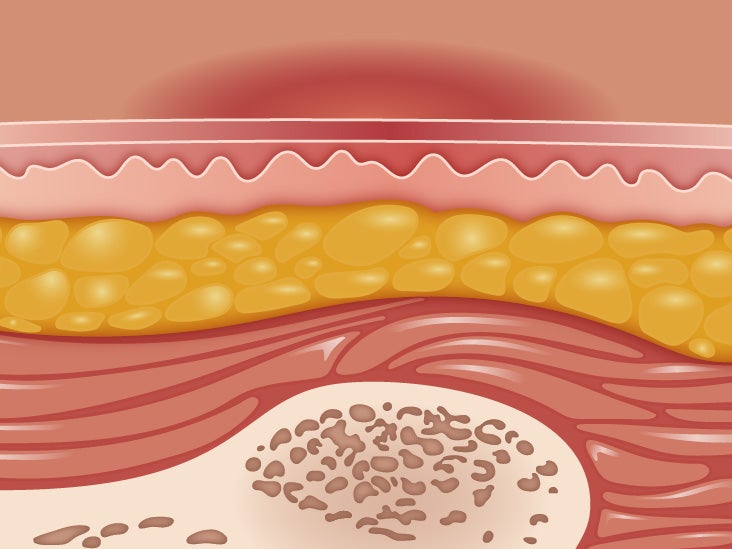
Stages Of Pressure Ulcers Stages Treatments And More

Stage 4 Bedsores Nursing Home Neglect Severe Bedsores
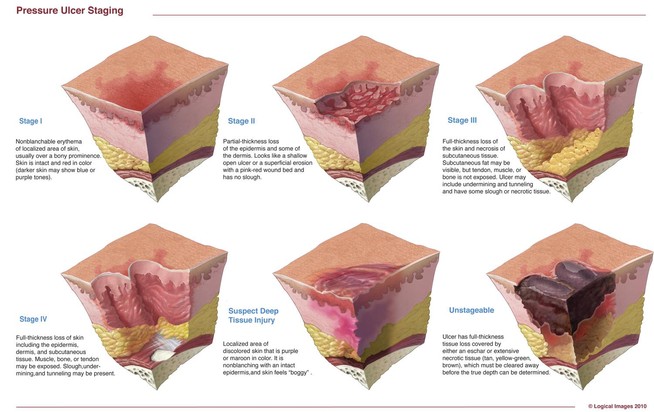
Faqs For Pressure Ulcer Staging Wound Care Advisor
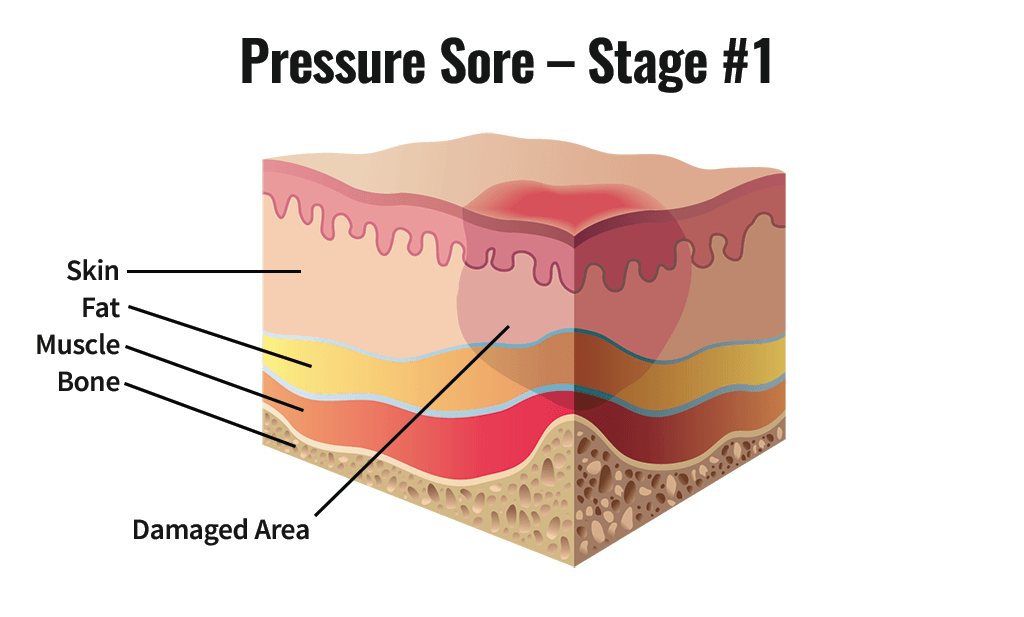
Skin Pressure Sores After Spinal Cord Injury

Bed Sore In Hospital Archives Bed Sore Faq Bed Sores Pressure Ulcer Natural Home Remedies

Stages Of Pressure Ulcers Stages Treatments And More

Pin By Rami On Medical Knowledge Nurse Pressure Ulcer Wound Care Nursing
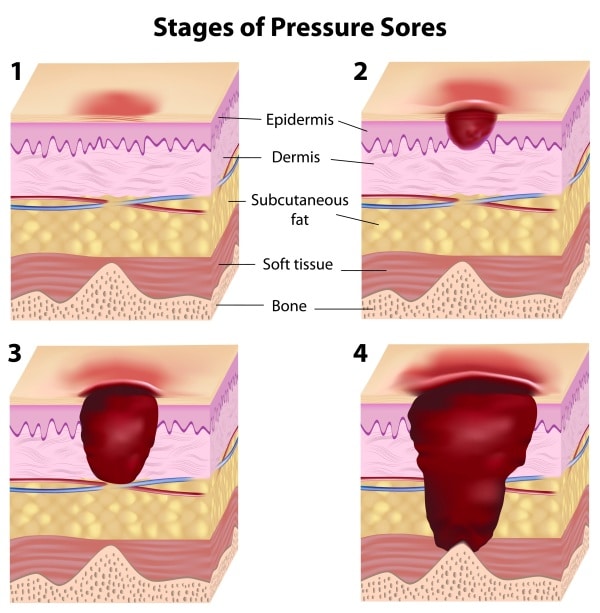
Pressure Ulcer Injury Staging Classifications In Clinical Practice Sanara Medtech

Nursing Diagnosis For Pressure Ulcers Pressure Ulcer Nursing Diagnosis Wound Care Nursing
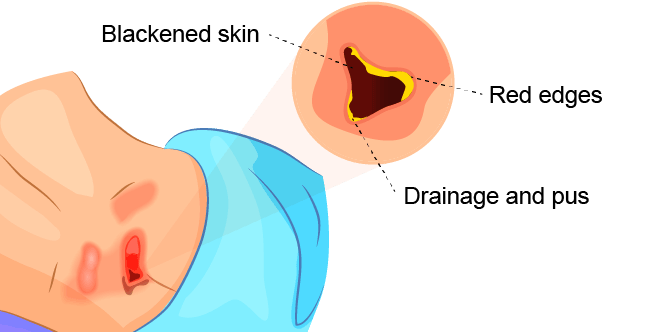
Stage 4 Bedsores Nursing Home Neglect Severe Bedsores

National Pressure Ulcer Advisory Panel Pressure Ulcer Stages A Staging Download Scientific Diagram
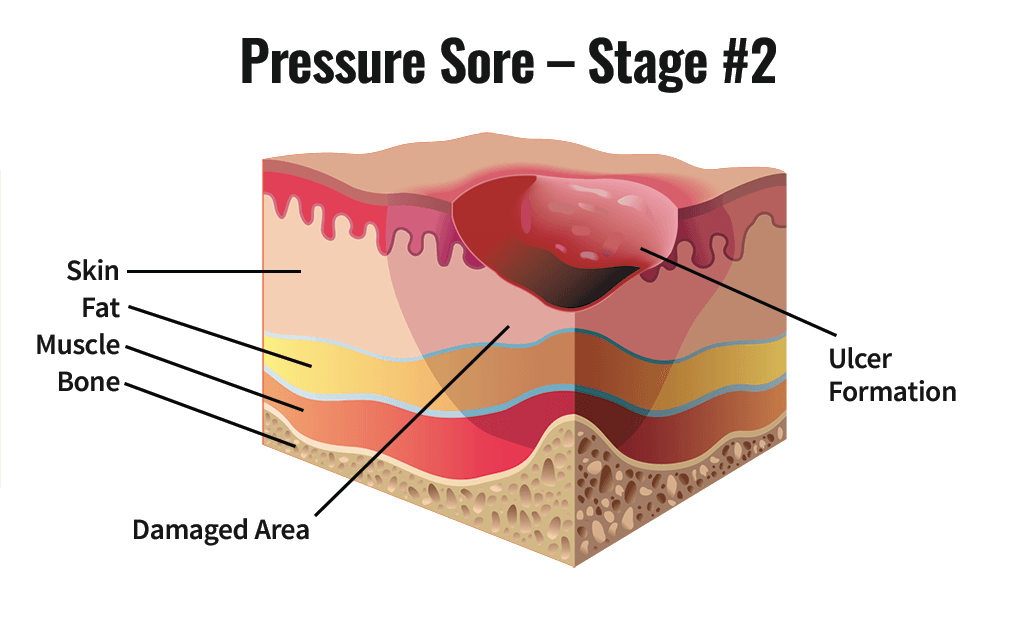
Skin Pressure Sores After Spinal Cord Injury

Stages Of Pressure Ulcers Pressure Ulcer Wound Care Nursing Nurse

Staging Of Pressure Ulcers A Stage I 1 Pressure Ulcers Are Areas Of Download Scientific Diagram

Pressure Ulcers Wound Care Education Pressure Ulcer Wound Care Wound Care Nursing
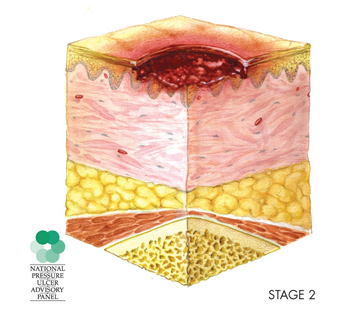
Recognizing And Treating Pressure Sores Model Systems Knowledge Translation Center Msktc
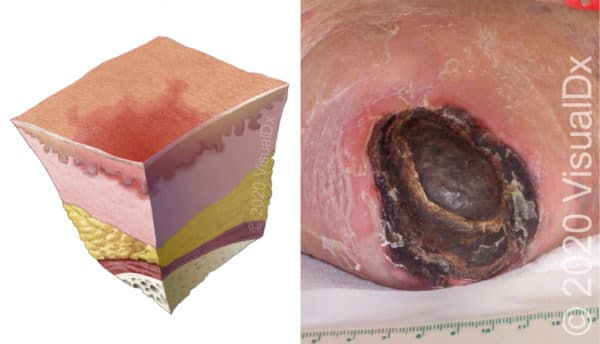
Comments
Post a Comment